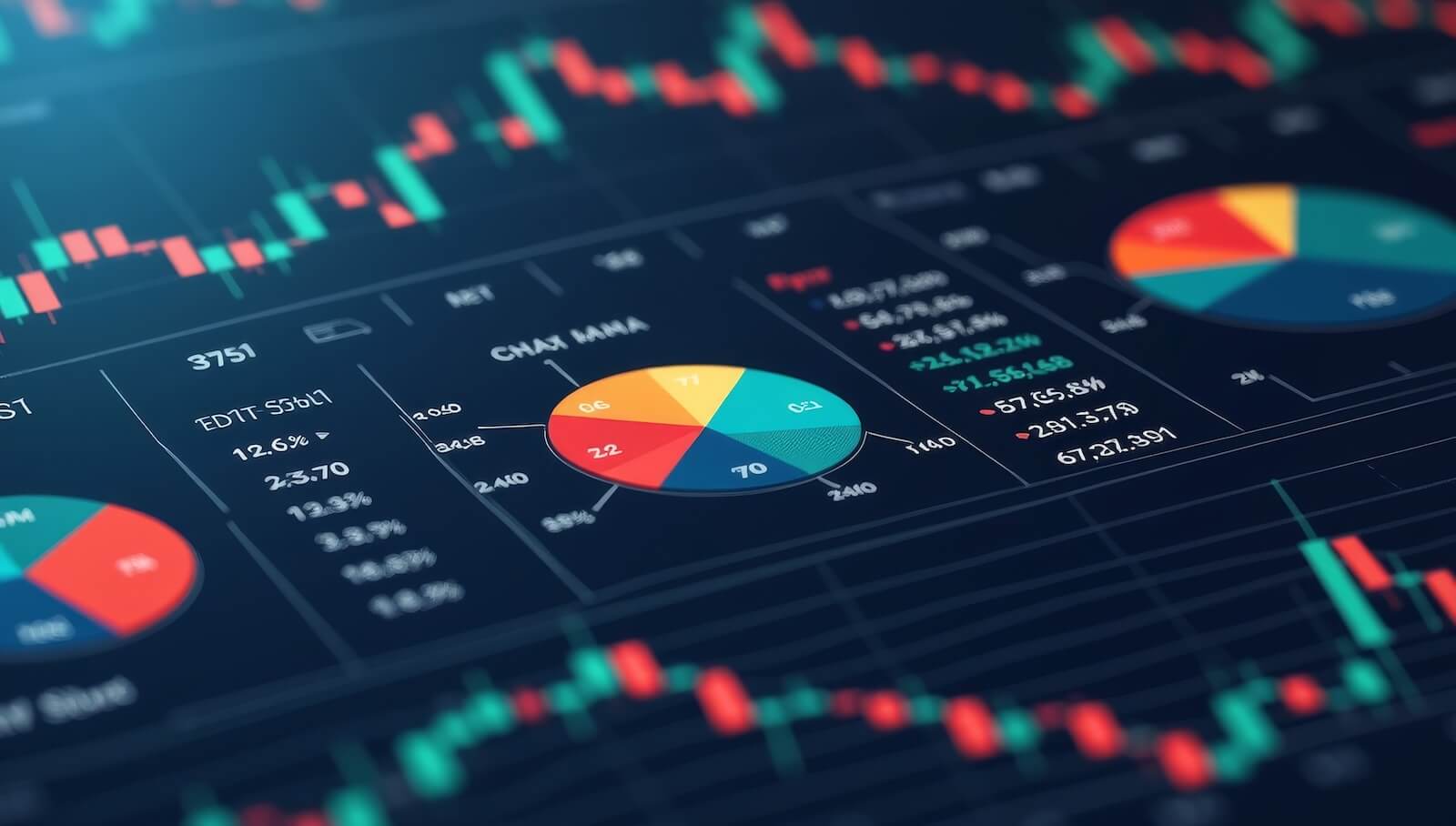INDEX OVERVIEW, RISK ON OR OFF?, XLF-XLK-XLY, HIGH-LOW INDICATORS, SECTOR RANKINGS, FOCUS ON UTILITIES, TWENTY STOCKS AND Q&A -- S&P 500 AND S&P MIDCAP 400 STALL AFTER BREAKOUTS -- IS RISK REALLY BACK ON? -- INDEX HIGH-LOW PERCENT
WEBINAR CHARTS AND COMMENTARY... The market remains a mixed up beast over the last few months, but the bigger trend is still up and the bulk of the evidence is still bullish. Choppy trading over the last few months just means we had a consolidation within an uptrend. Major topping patterns did not form and the breadth indicators held up during the consolidation. As we will see from the charts, the major stock indices are bouncing off support zones. XLI, XLK and XLY also bounced off support zones last week to keep their uptrends in play. Today's Webinar will start with the major stock indices, review the risk indicators, chart the key sectors and sector indicators, and cover twenty stocks in the final section. Note that not all Webinar charts are shown below. For example, I am covering the technology, finance and consumer discretionary sectors with industry-group detail in the Webinar, but not in the commentary below. Also note that the twenty stock charts are only shown in the Webinar. Click here for the recording
$SPX AND $MID STALL AFTER BREAKOUTS... Chart 1 shows the five major stock indices and all five are in uptrends. All five hit new highs in November or December, and all five remain above well-established support zones. In fact, notice that the S&P 1500, S&P 500, S&P MidCap 400 and S&P Small-Cap 600 broke above triangle trend lines last week. Trading turned choppy after these breakouts, but the breakouts are holding for the most part. The S&P MidCap 400 is the clear leader because it was the only one to hit a new high in February. The Nasdaq 100 is the clear laggard because it formed a series of lower highs the last few months. The green zones use the January-February low to mark key support zones. Even though trading has been quite choppy the last few months, there is no sense turning bearish as long as the majority of these indices hold support.

(click to view a live version of this chart)
Chart 1
IS RISK REALLY BACK ON?... The next five charts show the risk indicators for the stock market and all five are bullish again. The High-Yield Bond ETF (HYG) is outperforming the Investment Grade Bond ETF (LQD) and this shows a good appetite for risk. The breakout in HYG could also be helping the finance sector as the risk of junk bond default declines. The Equal-Weight Consumer Discretionary ETF (RCD) is outperforming the Equal-weight Consumer Staples ETF (RHS). This means the most economically sensitive sector is outperforming the safest sector. The Equal-Weight S&P 500 ETF (RSP) is outperforming the S&P 500 SPDR (SPY). This means small and mid cap stocks are stronger than large-cap stocks. Small and mid cap stocks have higher betas and higher risk. Relative strength shows a good appetite for risk. The SPY:IEF ratio broke above its mid January high and stocks are outperforming Treasuries again. And finally, the 2-year Treasury Yield ($UST2Y) and 5-year Treasury Yield ($UST5Y) both turned up and broke above their mid January highs. This means money is moving out of short-term Treasuries and this is positive for stocks (risk).

(click to view a live version of this chart)
Chart 2

(click to view a live version of this chart)
Chart 3

(click to view a live version of this chart)
Chart 4

(click to view a live version of this chart)
Chart 5

(click to view a live version of this chart)
Chart 6
INDEX HIGH-LOW PERCENT... The index High-Low Percent indicators remain bullish. High-Low Percent equals new highs less new lows divided by total issues. High-Low Percent for the S&P 500, S&P MidCap 400, S&P Small-Cap 600 and Nasdaq 100 dipped into negative territory twice in January, but never exceeded the -5% bearish threshold. All four indicators moved back into positive territory and exceeded +5% several times last week. A bearish signal would not trigger unless three of the four move below -5%. This would signal enough selling pressure to consider a trend reversal in the major indices.

(click to view a live version of this chart)
Chart 7
MATERIALS SURGE IN HIGH-LOW PERCENT RANKINGS... Chart 8 shows the Sector High-Low Percent indicators with their 10-period EMAs in pink. I am using a shorter EMA to capture a sector shift over the last few weeks. XLU was knocked off the top spot as High-Low Percent plummeted. XLB moved up in the rankings as High-Low Percent exceeded +10% twice last week and +20% once. I am also seeing improvement in XLI. High-Low Percent for the finance sector was weakened in February because money moved out of REITs, which were responsible for most of the new highs in this sector.

(click to view a live version of this chart)
Chart 8
XLY LEADS SECTOR SCTRS... Chartists can also rank the nine sector SPDRs by the StockCharts Technical Rank (SCTR). Chart 9 shows SPY in the main window and the SCTR for each sector in the indicator windows. These windows are sorted according to their SCTR value and the Consumer Discretionary SPDR (XLY) is at the top. This is positive for the stock market because the consumer discretionary features retailers, restaurateurs, homebuilders, media companies and automakers. Further down the chart, notice that the SCTR surged for XLK, XLF and XLB over the last two weeks. These three sectors showed the biggest positive change for their SCTR.

(click to view a live version of this chart)
Chart 9
UTILITIES ETFS HIT INTERESTING LEVEL... The three utilities ETFs were slammed last Friday as money moved out of high-yielding equities (utilities, REITs). The surge in Treasury yields got the blame, but I am not ready to write off this sector just yet. First, note that Treasury bonds remain in long-term uptrends and the 10-YR Treasury Yield ($TNX) is in a long-term downtrend. Friday's moves, while big, were not enough to reverse these trends. Second, note that the Utilities SPDR (XLU) is in a long-term uptrend as well. Friday's move, while big on a percentage basis, simply puts it back near the mid December highs (46 area). As the chart shows, there is a big support zone in the 45-46 area and the ETF is short-term oversold after last week's decline.

(click to view a live version of this chart)
Chart 10
20 STOCKS COVERED IN THE WEBINAR... ADI, BIDU, BRCM, CIEN, CRM, CSOD, CTRX, FEYE, FMC, FNSR, GCI, GOOGL, IPG, LLY, MCD, OLED, ORCL, TECD, TYC, WBA.
Click here for the recording











